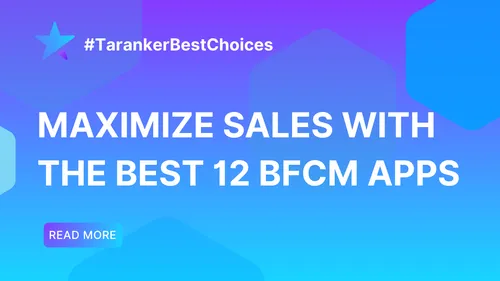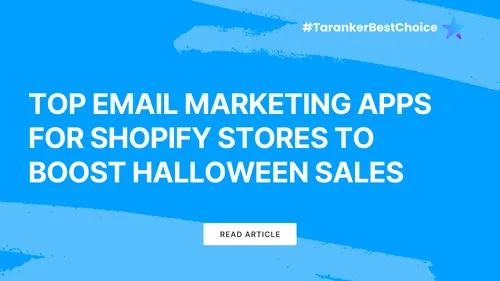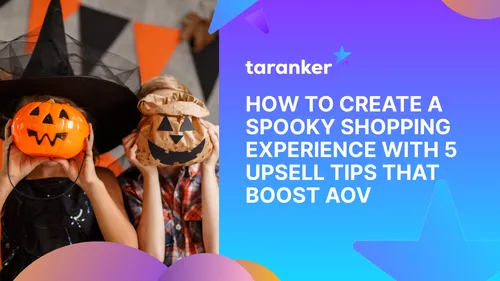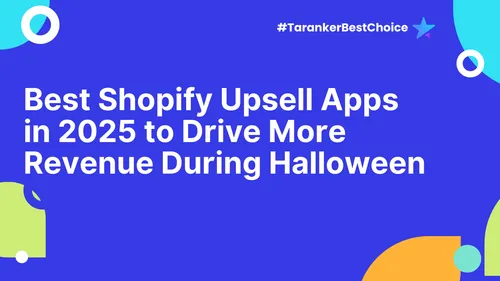Social media has become one of the most powerful tools for Shopify merchants looking to drive sales, increase brand awareness, and build customer loyalty. With billions of active users across platforms like Instagram, Facebook, TikTok, Pinterest, and Twitter, social media provides unmatched opportunities to connect with potential customers and turn them into loyal buyers.
However, simply posting product photos isn’t enough—you need a well-planned strategy to engage your audience, drive traffic to your Shopify store, and ultimately boost sales. In this guide, we’ll explore proven social media strategies that will help you grow your Shopify business effectively.
1. Why Social Media is Essential for Shopify Sales
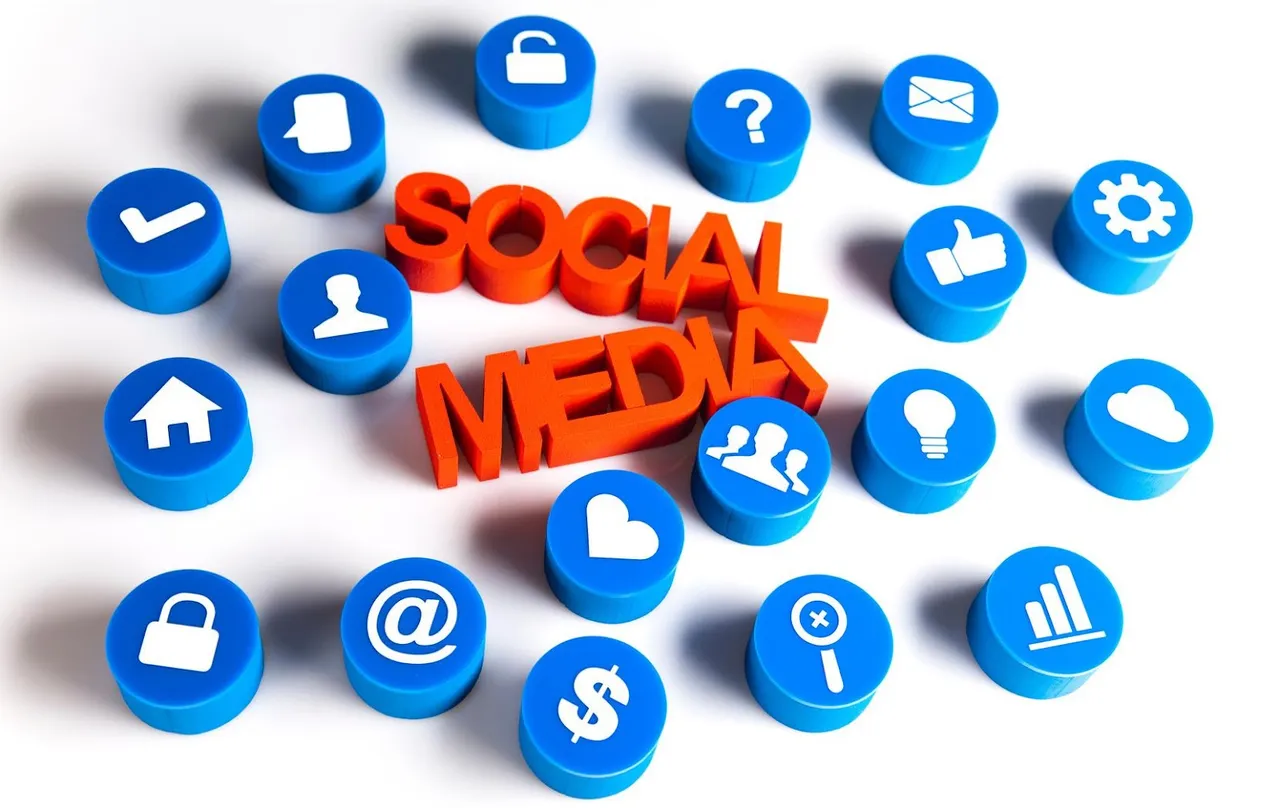
a) Social Media Increases Brand Visibility
With over 4.9 billion social media users worldwide, platforms like Instagram, Facebook, and TikTok allow Shopify merchants to reach new audiences organically and through paid promotions.
💡 Stat: 76% of consumers have purchased a product they saw on social media.
If you’re not actively leveraging social media, you’re missing out on thousands of potential sales.
b) Builds Trust Through Social Proof
Modern consumers trust peer recommendations and user-generated content (UGC) more than direct ads. When they see others using and endorsing your products, they are more likely to make a purchase.
✅ Customer testimonials, influencer collaborations, and video reviews build trust.
✅ Engaging with customers through comments and messages humanizes your brand.
✅ Featuring real-life customer photos and videos creates authenticity.
c) Drives High-Quality Traffic to Your Shopify Store
Unlike random visitors from search engines, social media followers are already interested in your brand. When you share engaging content, these users are more likely to click through to your Shopify store and make a purchase.
💡 Stat: 54% of social browsers use social media to research products before buying.
2. Choosing the Right Social Media Platforms for Your Shopify Store

Not all social media platforms work equally well for every Shopify store. Your choice should depend on your target audience, product type, and content strategy.
🔹 Instagram – Best for Visual Brands
✅ Ideal for fashion, beauty, home decor, and lifestyle brands
✅ Features Instagram Shopping, allowing users to buy products directly from posts
✅ Best content types: high-quality product photos, reels, influencer collaborations, and UGC
📌 Pro Tip: Use Instagram Stories and Highlights to showcase product benefits, customer testimonials, and behind-the-scenes content.
🔹 Facebook – Best for Paid Advertising and Community Building
✅ Large audience base—ideal for reaching broad demographics
✅ Facebook Shops allows customers to buy directly without leaving the platform
✅ Best content types: product carousels, Facebook groups, and targeted ads
📌 Pro Tip: Run Facebook retargeting ads to reach visitors who abandoned their carts on Shopify.
🔹 TikTok – Best for Viral Product Discovery
✅ Ideal for brands targeting Gen Z and Millennials
✅ TikTok Shop enables direct purchases from the app
✅ Best content types: short, engaging videos, tutorials, trends, and influencer partnerships
📌 Pro Tip: Use TikTok trends and hashtags to get discovered by new audiences organically.
🔹 Pinterest – Best for Long-Term Traffic & SEO
✅ Works best for DIY, fashion, beauty, home decor, and recipe-based brands
✅ Pins stay visible for months, driving consistent traffic
✅ Best content types: infographics, how-to guides, shoppable pins
📌 Pro Tip: Optimize pins with SEO-friendly keywords for long-term discoverability.
3. Strategies to Drive Shopify Sales Using Social Media

a) Optimize Your Social Media Profiles for Sales
Before running any campaigns, ensure your profiles are fully optimized:
✅ Use a clear profile picture (your brand logo).
✅ Write a compelling bio with a direct call-to-action (CTA).
✅ Add a Shopify store link in your bio (use Linktree or Shopify’s built-in link feature).
✅ Enable Instagram and Facebook Shops for seamless shopping.
📌 Example Instagram Bio:
🔥 Eco-Friendly Skincare | Vegan & Cruelty-Free 🧴
🚀 Shop Now → [yourstore.com]
📩 DM for inquiries & collaborations
b) Create High-Converting Content
Not all content generates sales. The best-performing social media content is:
✔ Educational – “How to Style Our New Winter Jacket”
✔ Entertaining – “Watch Our Product Survive a Drop Test!”
✔ Engaging – “Comment ‘YES’ if You Want a Discount Code!”
📌 Tip: Use Shopify’s built-in analytics or social media insights to track which content performs best.
c) Leverage Influencer Marketing
Partnering with influencers dramatically increases your reach and credibility.
✅ Micro-influencers (10k-50k followers) provide higher engagement rates than celebrities.
✅ Offer influencers free products or commission-based affiliate deals.
✅ Feature influencer content on your own social media and website.
📌 Tip: Use Shopify’s affiliate marketing apps (like Refersion) to track influencer sales.
d) Use Paid Advertising to Scale Sales
While organic reach is valuable, paid ads help scale sales faster.
🚀 Facebook & Instagram Ads – Target users based on interests, location, and behaviors.
🚀 TikTok Ads – Showcases products in a fun, engaging format.
🚀 Pinterest Ads – Works great for long-term brand awareness.
📌 Tip: Retarget store visitors with Facebook Dynamic Product Ads for higher conversion rates.
e) Host Giveaways & Contests
Giveaways are an easy way to increase engagement and grow your audience.
✅ Ask users to follow, like, and tag friends to enter.
✅ Offer a best-selling product or exclusive discount as a prize.
✅ Collaborate with other Shopify brands for bigger exposure.
📌 Example: “💥 GIVEAWAY ALERT! Win our New Skincare Set! Follow us, tag 2 friends & comment your favorite emoji! 🎉”
f) Use Social Proof to Build Trust
✅ Feature customer reviews and testimonials in your social media content.
✅ Post user-generated content (UGC) to show real customers using your products.
✅ Use social proof popups (“Sarah from LA just bought this!”) to encourage impulse buying.
📌 Tip: Use Shopify apps like Loox or Yotpo to automate review collection and display.
4. Measuring and Optimizing Social Media Success
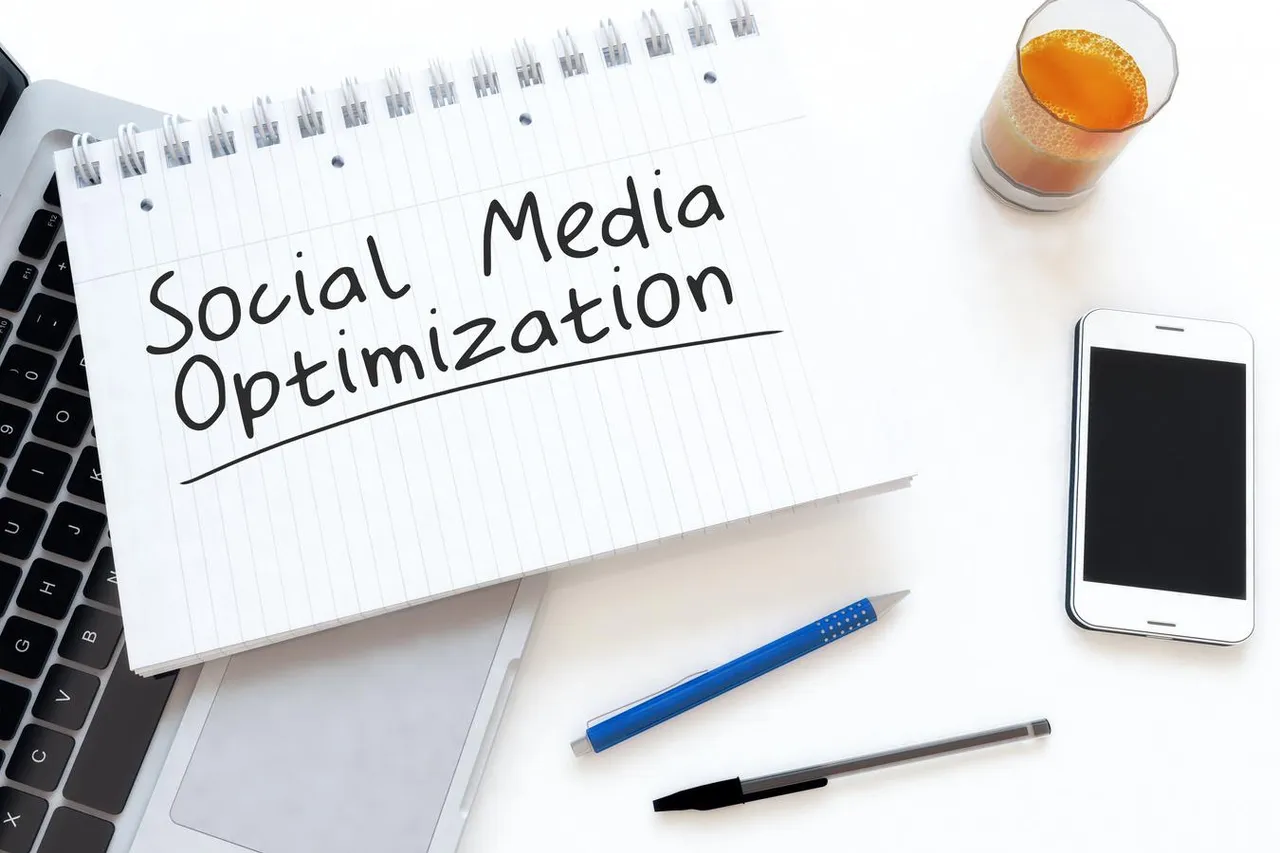
To maximize Shopify sales, track and analyze social media performance:
✔ Engagement Rate – Likes, shares, comments.
✔ Click-Through Rate (CTR) – How many users click your Shopify link.
✔ Conversion Rate – % of visitors who complete a purchase.
✔ Return on Ad Spend (ROAS) – If running paid ads.
📌 Tools to Use:
✅ Shopify Analytics
✅ Facebook Business Manager
✅ Google Analytics
✅ TikTok Insights
Final Thoughts: Social Media is a Game-Changer for Shopify Sales
Leveraging social media for Shopify sales requires a balance of organic content, paid ads, influencer marketing, and engagement tactics. By creating high-quality content, optimizing profiles, partnering with influencers, and using targeted advertising, Shopify merchants can turn social media followers into loyal customers.
💡 Take Action Today! Choose one platform, implement these strategies, and watch your Shopify sales grow!
FAQs
1. Which social media platform works best for Shopify sales?
Instagram and Facebook work best for direct shopping, but TikTok and Pinterest excel at product discovery.
2. How often should I post?
Post 3-5 times per week on Instagram, Facebook, and TikTok. Pinterest works well with weekly pinning.
3. Should I focus more on organic or paid social media?
Start with organic growth, then scale with paid ads once you identify best-selling products.

